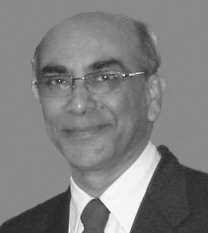Prof. Shyamadas Chatterjee (1909–1995), a renowned Indian physicist from the Indian Physical Society in Calcutta (now Kolkata, West Bengal), was among the first scientists in the world to observe spontaneous fission—the phenomenon where a heavy atomic nucleus splits on its own.
In 1940, Prof. Chatterjee observed spontaneous fission in uranium, around the same time Western scientists made similar discoveries.
This was a landmark observation in nuclear physics, contributing to the understanding of nuclear reactions and radioactive decay.
His work added to the knowledge that later played a crucial role in nuclear energy development and atomic research worldwide.
Spontaneous fission is a rare process but has important applications in:
Nuclear power generation (fuel for reactors).
Nuclear weapons technology (chain reactions).
Radioactive dating of materials (scientific studies).
Chatterjee’s work placed India on the global scientific map in nuclear physics, demonstrating early contributions to atomic research.
His research and contributions remain highly regarded in the Indian scientific community, making him a pioneer in nuclear physics.







